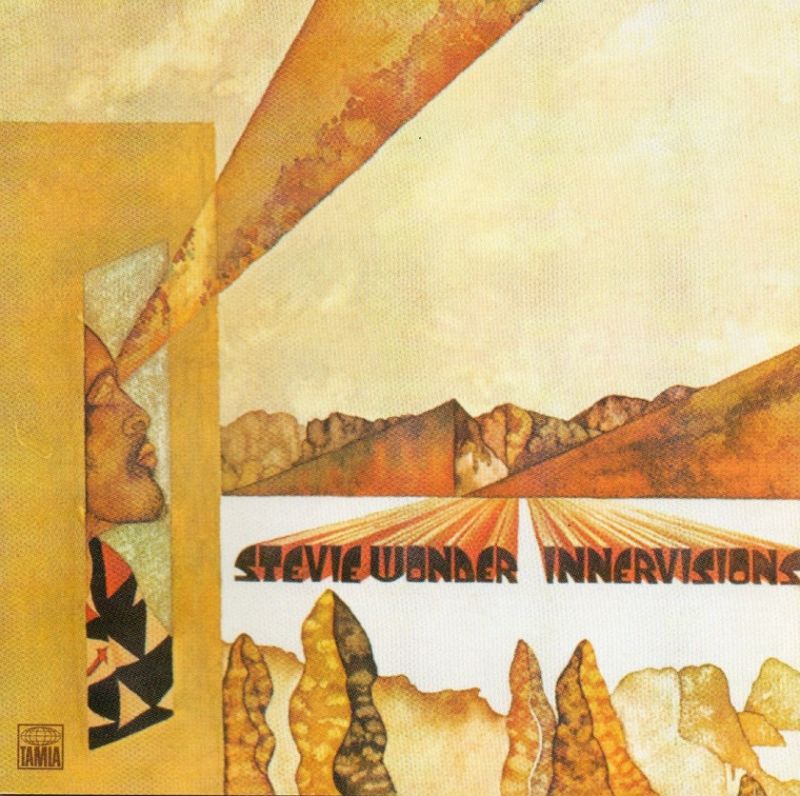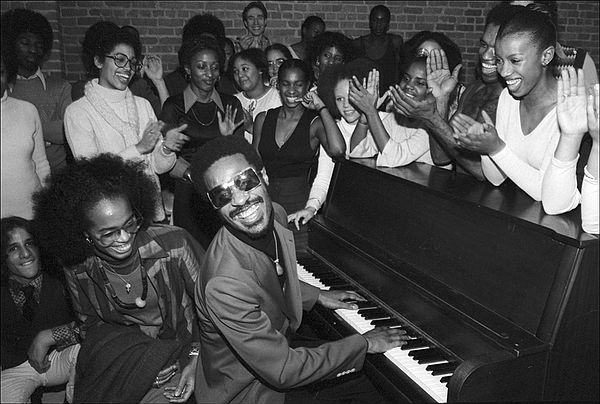
[vc_row][vc_column][vc_message message_box_color=”mulled_wine” icon_fontawesome=”fa fa-quote-left”]With its acoustic guitars and drumless bits, this triumph of hard rock is no more a pure hard rock album than Tommy. … And… it uses the synthesizer to vary the power trio format, not to art things up.
~Robert Christgau
On Who’s Next, the band crossed that line with power and grace. The album spawned the concert classics “Baba O’Riley” and “Won’t Get Fooled Again”; the great Daltrey vocal vehicles “Bargain” and “Song Is Over”; Entwistle’s scorching, anxiety-ridden “My Wife”; and Townshend’s most delicate song on record, “Behind Blue Eyes.” On Who’s Next, Townshend unleashed the power of the synthesizer as a rock & roll instrument, to be used like guitar or bass rather than as a special-effects novelty.
~The New Rolling Stone Album Guide (rollingstone.com)[/vc_message][/vc_column][/vc_row]
#9 – Won’t Get Fooled Again:
Continue reading “August 14: The Who released “Who’s Next” in 1971″


 [vc_row][vc_column][vc_message message_box_color=”mulled_wine” icon_fontawesome=”fa fa-quote-left”]This show, recorded during the ’78 tour, is a reminder of how it should be. The Stones’ strength is making a 4,000 seat theatre feel like a sweaty, smoky, beer-soaked juke joint, and they achieve it here. At times it’s loose and ugly, but that just makes it so much sweeter when they get it together. The more “modern” likes of “Miss You” and “Shattered” stand up against classic material such as “Tumbling Dice.” If Mick sounds a little out of breath, just picture him shimmying back and forth across a 100 foot stage and ask yourself if you could do the same and stay in key. This ain’t the opera – this is rock ‘n’ roll at its raw and bloody essence!
[vc_row][vc_column][vc_message message_box_color=”mulled_wine” icon_fontawesome=”fa fa-quote-left”]This show, recorded during the ’78 tour, is a reminder of how it should be. The Stones’ strength is making a 4,000 seat theatre feel like a sweaty, smoky, beer-soaked juke joint, and they achieve it here. At times it’s loose and ugly, but that just makes it so much sweeter when they get it together. The more “modern” likes of “Miss You” and “Shattered” stand up against classic material such as “Tumbling Dice.” If Mick sounds a little out of breath, just picture him shimmying back and forth across a 100 foot stage and ask yourself if you could do the same and stay in key. This ain’t the opera – this is rock ‘n’ roll at its raw and bloody essence!

